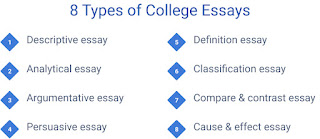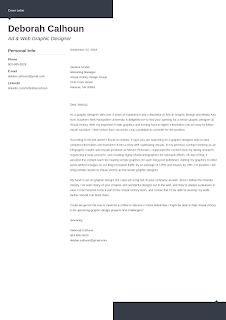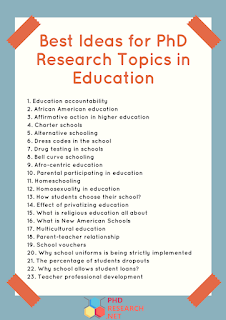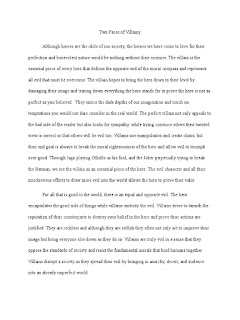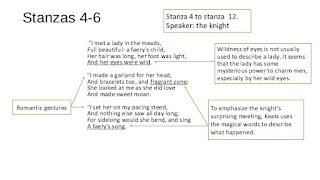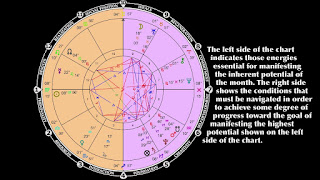Different Types of College Essays
Writing essays is an essential part of the college application process. It allows students to showcase their writing skills, critical thinking abilities, and demonstrate their understanding of various subjects. College essays can take several different forms, each serving a unique purpose. Here are some of the most common types of college essays:
1. Narrative Essays
Narrative essays are all about storytelling. They are often personal in nature, allowing students to share a significant experience, event, or anecdote from their lives. These essays aim to engage the reader by creating a compelling narrative with a clear beginning, middle, and end.
2. Descriptive Essays
Descriptive essays focus on providing vivid details and sensory experiences to the reader. These essays aim to paint a picture with words, bringing a particular person, place, or object to life. Descriptive essays require strong observation skills and the ability to create a captivating and detailed description.
3. Expository Essays
Expository essays aim to inform and educate the reader about a specific topic. These essays require students to investigate an idea, evaluate evidence, and present a balanced analysis. Expository essays often involve research and data analysis to support the central argument.
4. Persuasive Essays
Persuasive essays are designed to convince the reader of a particular viewpoint or argument. These essays require students to present their own opinion supported by logical reasoning and evidence. Persuasive essays often include a counterargument and a refutation to strengthen the overall argument.
5. Argumentative Essays
Similar to persuasive essays, argumentative essays also aim to convince the reader of a specific claim. However, argumentative essays require students to critically analyze different viewpoints and present a well-reasoned argument. These essays involve thorough research and the ability to anticipate counterarguments.
6. Analytical Essays
Analytical essays require students to break down a complex topic into its various components and examine them critically. These essays often explore the relationship between different ideas, theories, or works of literature. Analytical essays demonstrate a student's ability to think critically and analyze information.
7. Reflective Essays
Reflective essays provide students with an opportunity for introspection and self-analysis. These essays encourage students to reflect on a past event or experience and evaluate their personal growth or lessons learned. Reflective essays allow students to showcase their self-awareness and ability to learn from their experiences.
When it comes to college essays, it is crucial to understand the specific requirements and guidelines provided by your professor or institution. By familiarizing yourself with the different types of essays, you can better assess which type suits the given topic and effectively communicate your thoughts and ideas.
